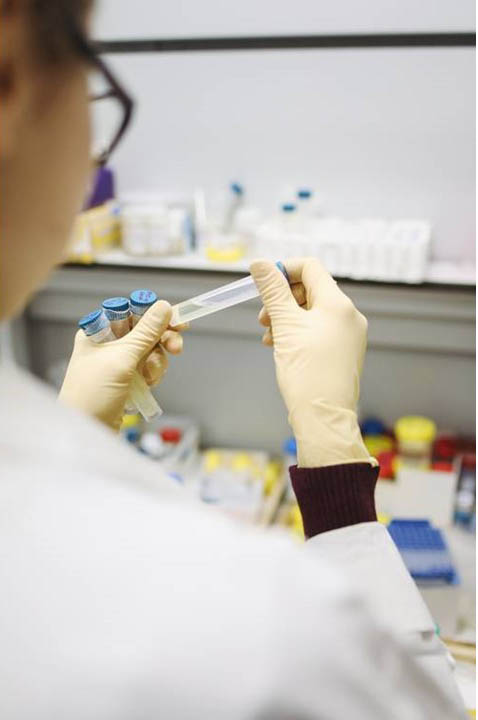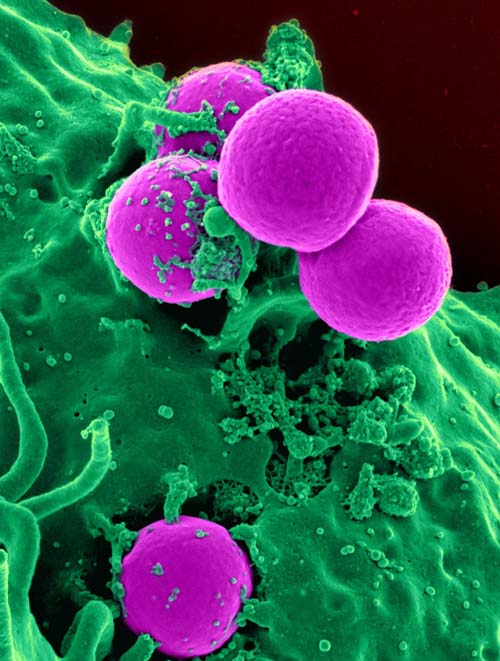A key focus of my blog is STEM (Science, Technology, Engineering and Mathematics). Urine tests are a critical tool in the medical sciences and forensics. Certain illnesses can be detected and identified through urine tests in addition to the presence of pharmaceuticals, illegal drugs and toxins. The following contributed post is entitled, 6 Common Types of Urine Tests.
* * *

Image by Polina Tankilevitch via Pexels
When it comes to testing for diseases, urine has special prominence as the ideal specimen. This is because it has a specific composition, and foreign substances usually point to particular ailments. For instance, excessive protein in the urine, known as proteinuria, often indicates heart issues or poor kidney function.
Urine samples can be collected in various ways for specific tests. Here is all you need to know about the standard urine tests and what ailments and conditions they point to.
6 Common Types of Urine Tests
1. Random Urine Tests
As the name suggests, these tests are done without any prior scheduling. They are typical during routine testing, especially before a patient is admitted to the hospital or before surgery. Some random urine tests, like rapid tests, can even be carried out at home.
Rapid urine tests generally come as strips that change color depending on the specimen’s chemical composition. You can then interpret the results using the table that usually accompanies the test. Although you can carry out the test on your own, it is best to seek a trained medical professional’s opinion and advice.
These tests indicate the presence of various substances in the urine, including such compounds as bilirubin, proteins, sugar, urinary casts, and ketones. These substances are not usually present in urine, and their presence usually indicates that a part of the body is malfunctioning.
For instance, urinary casts, which are cylindrical solids in urine, indicate a problem with the kidneys’ renal tubes. On the other hand, high cholesterol levels show that a patient has excessive amounts of this unhealthy substance.
2. First Morning Urine Tests
These tests are also called 8-hour urine tests. The first urine sample of the day is used for these tests. They are typically more accurate than random urine tests since they tend to be more concentrated, having stayed in the bladder for a longer time.
3. Mid-Stream Clean Catch Urine Tests
Mid-stream clean catch tests are used to collect urine under sterile conditions, which is then tested for germs. The patient starts by cleaning the genital area using water or antiseptic wet wipes to perform the test. Then, they begin emptying the bladder into the toilet, pause midway, collect the mid-sample in a sterile container and then finish voiding in the bathroom.

Image by Pixaby via Pexels
To create a bacteria culture, a medium on which bacteria can grow, like glass, is placed in the collected urine. The sample is placed in an incubator for two to four days. By four days, any bacteria in the urine will have started to form colonies that a Urine Collector can identify.
4. 24-hour Urine Tests
With these tests, the patient collects all their urine for 24 hours and then submits it for a laboratory test. However, the first urine of the day is usually not included in the tests. Instead, the urine sample for the period after the 24 hours is collected and used for testing.
24-hour urine tests are virtually the best for indicating how much of each substance is contained in a patient’s urine. Whether it is excessive amounts of salt, protein, or white blood cells, the 24-hour urine test can shed more light on what is ailing a patient. Some common diseases tested for using the 24-hour urine test include diabetes, urinary tract infection, heart failure, and kidney disease.
5. Pregnancy Tests
If a woman suspects that she is pregnant, she can carry out a urine test to confirm her suspicions. A pregnant woman’s urine contains the human chorionic gonadotropin hormone, which can be detected by a urine strip test. Most such tests have detailed instructions on how to go about the process, and many deliver results in seconds. However, be warned about the possibility of the test returning false results, especially if you are under medication or have taken too much water. It is always best to have your doctor confirm whether or not you are pregnant.
6. Drug Tests
Another common urine test is a drug test, typically done in learning institutions, by employers, and even law enforcement agencies. Drugs, like weed and heroin, remain in the body for a long time after consumption, hence can be detected through urine tests with ease. Weed, in particular, remains in the bloodstream for weeks after you smoke it.
Conclusion
Urine is one of the best specimens that doctors use to diagnose different diseases. Some of these diseases include heart failure, kidney disease, diabetes, and bacterial infections. It can also be used to test for pregnancy or drug use. A urine test is easily one of the best ways to tell how well your body is doing.

